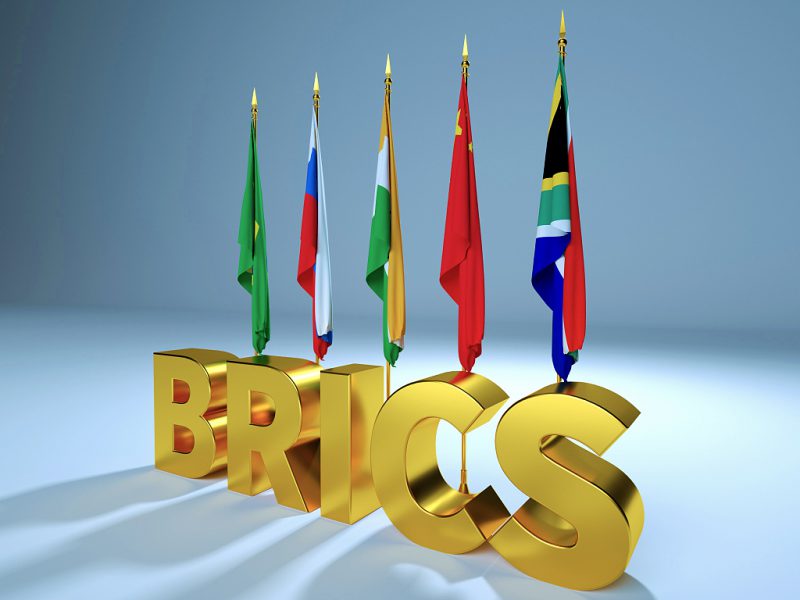The GDP of BRICS nations could overtake that of the U.S. and all Western economies. China Daily, the Chinese state-run media hinted in a recent article on Thursday, that the alliance of five nations could accept more counties into BRICS. “The gap between these groups (Western nations) and the economic influence of BRICS will widen even further as more countries join BRICS,” they reported.
According to China Daily, Saudi Arabia, the United Arab Emirates, Egypt, Algeria, Argentina, Mexico, and Nigeria, have formally submitted membership requests ahead of the next summit. The outlet claimed that if other nations join BRICS, the combined GDP of developing countries could beat the U.S. GDP.
Also Read: Will Canada & Mexico Join BRICS To Eliminate U.S. Dollar’s Dominance?
“The GDP of the renewed BRICS+ could reach $30 trillion. Which would be more than the GDP of the U.S., which was $25.46 trillion in 2022,” the article read.
Though scholars have described China Daily as “effectively controlled by the Chinese Communist Party”, it is not an official mouthpiece of the ruling government. The outlet is described as more liberal than the other Chinese state newspapers.
BRICS Vs The U.S. GDP


Below is the breakup of the GDP of BRICS countries in 2023:
Brazil – $4.2 trillion
Russia – $1.84 trillion
India – $3.5 trillion
China – $19.37 trillion
South Africa – 420 billion
Also Read: BRICS Countries Buying Large Amounts of Gold To Topple the U.S. Dollar
Therefore, the combined GDP of BRICS counties stands close to $29.5 trillion. If other countries are accepted into BRICS, the combined GDP may cross the $30 trillion threshold. For example, Saudi Arabia’s GDP is $ 1.061 trillion and the UAE’s GDP is $499 billion. The U.S. GDP is at 25.5 trillion in 2023.
The block of five countries wants to create a new ‘multipolar world‘ in the financial sector. While BRICS and other nations remained on one side, the G7 and Western countries could remain on the other side. In conclusion, the loser in the power game could be the U.S. dollar and the American economy.





